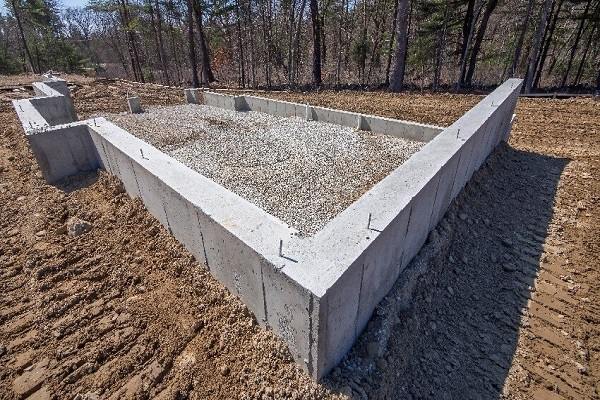Footing is a fundamental aspect of construction that plays a critical role in providing stability, strength, and durability to a structure. Whether you’re building a residential home, a commercial building, or a massive infrastructure project, a solid footing is essential to ensure the long-term safety and integrity of the structure. .
What is Footing in Construction?
Footing, also known as a foundation footing or footing foundation, is the lowest part of a building’s structure that transfers loads from the structure to the underlying soil or rock. Essentially, footings serve as the interface between the building and the ground, distributing the weight of the structure evenly and preventing settling, tilting, or collapse.
The Significance of Footing:
a. Load Distribution: Footings disperse the weight of a building, distributing it over a larger area to prevent soil compression and ensure stability.
b. Settlement Prevention: Footings help prevent differential settlement, where different parts of a building settle at different rates, which can lead to structural damage.
c. Resistance to Uplift Forces: Footings anchor a structure to the ground, providing resistance against uplifting forces such as wind, seismic activity, or buoyancy (in the case of structures with basements).
Types of Footings:
There are several types of footings, each designed to suit specific construction requirements:
a. Strip Footings: These are continuous footings that run along the length of a wall and are common in residential construction.
b. Spread Footings: also known Isolated footings, These are individual footings that support isolated columns or piers, commonly used in commercial and industrial buildings.
c. Mat (Raft) Foundations: A thick, reinforced concrete slab that covers a large area and supports the entire structure, used for heavy loads or poor soil conditions.
d. Pile Foundations: Deep foundations that rely on piles driven into the ground, used for structures in areas with weak or unstable soil.
Key Facts About Footing Design:
a. Soil Analysis: The type and bearing capacity of the soil must be determined through geotechnical testing to design appropriate footings.
b. Building Codes: Footing design must adhere to local building codes and regulations to ensure safety and compliance.
c. Load Calculation: The total load-bearing capacity of the footing is calculated, considering both dead loads (building weight) and live loads (occupants and furnishings).
d. Depth and Width: Footing depth is determined based on frost depth and soil conditions, while width is calculated to distribute loads evenly.
e. Reinforcement: Steel reinforcement, such as rebar, is often used to strengthen concrete footings and enhance their load-bearing capacity.
Common Footing Problems:
a. Settlement: Inadequate footings can lead to differential settlement, causing cracks and structural damage.
b. Overloading: Excessive loads, such as additional stories or heavy equipment, can lead to footing failure.
c. Poor Drainage: Inadequate drainage around footings can lead to erosion, soil instability, and water-related damage.
d. Soil Erosion: Erosion of soil around footings can compromise their stability over time.
The Role of Professionals:
Footing design and construction should be entrusted to qualified professionals, including structural engineers and geotechnical experts, who can assess soil conditions, calculate load-bearing requirements, and ensure compliance with building codes.
Conclusion
In construction, footings are the unsung heroes that provide the necessary foundation for safe and enduring structures. Understanding their significance, types, design principles, and potential problems is crucial for builders, engineers, and anyone involved in construction projects. By paying careful attention to footing design and construction, we can ensure the strength, stability, and longevity of our buildings, ultimately safeguarding the safety and well-being of occupants.














